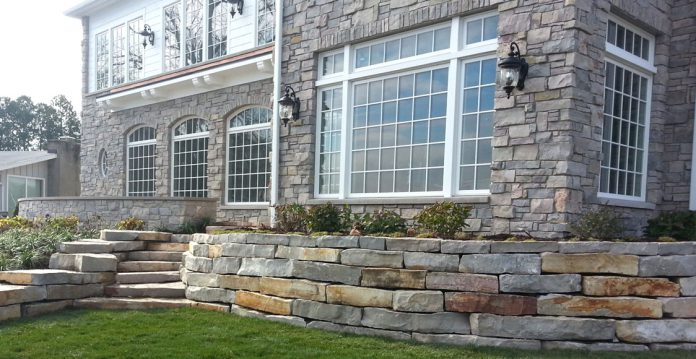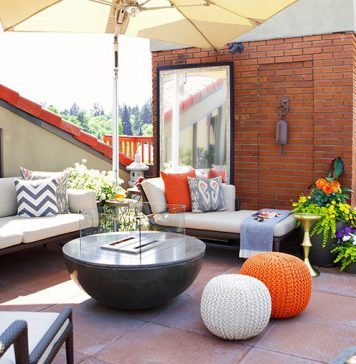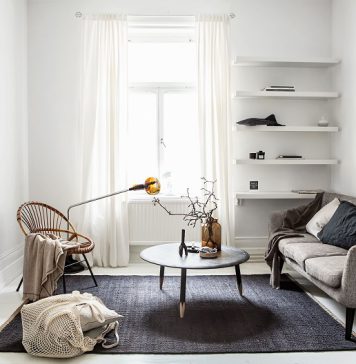Exproperti.com – If you’ve been dreaming of building a Stone Wall House, you’re on the right track. While there are a number of benefits to building a wall from stone, it’s important to follow some simple rules when building one. Using large, flat stones is a good idea, but smaller stones can also be used. In addition to flat rocks, capstones can help complete the top of a wall. These stones have long, rectangular sides.
The exterior insulation will seal the stone from outside moisture
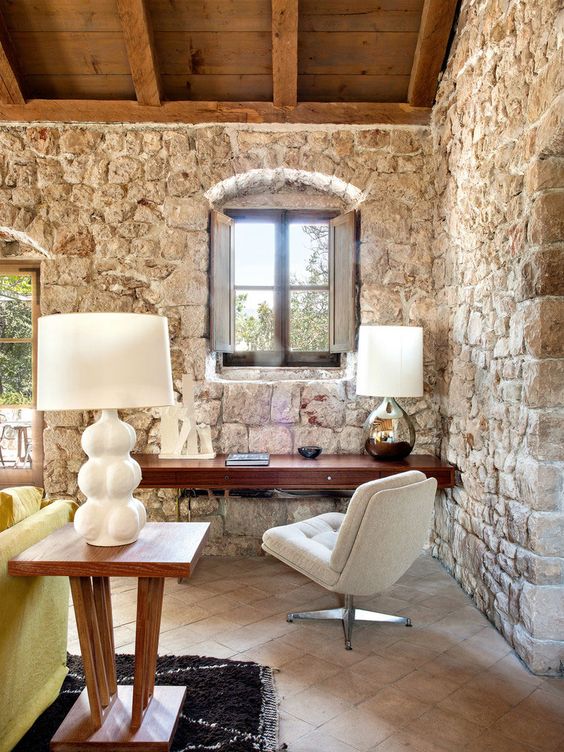
When designing a stone wall house, be sure to take into account its thermal mass. Stones don’t pass a great deal of moisture, so you’ll need to make sure the outside wall is insulated as well. Also, make sure to use exterior insulation if the stone wall is too thin. This will seal the stone from outside moisture and act as an insulated blanket. While 20″ of stone will not let much moisture pass through, you’ll still need to consider securing it using exterior insulation. In addition, you’ll need to use anchors in the mortar to secure it. These can be nailed or inserted with screws.
Another disadvantage to stone walls is their inefficiency as thermal barriers in most climates. Solid stone walls can let cold and hot air through, but they have a low thermal mass. This is a potential problem with a stone wall, but it can be remedied. A stone wall can be constructed with commercial rigid insulation panels that can be attached to the outside wall. A conventional construction would frame the exterior with wood, fill any voids with fiberglass insulation, and then sheathe it with wood. Earthbags and bales of straw can also be used to provide insulation.
It is very important to use mortar for gluing bricks
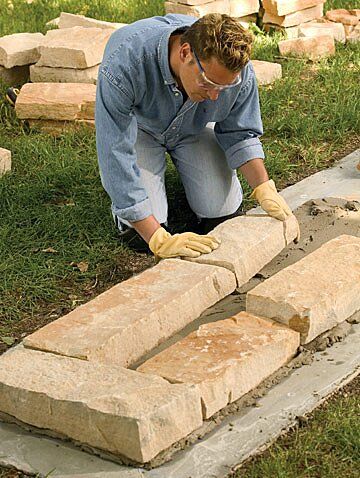
As a result, stone walls are also durable. A stone wall can be natural or cut into bricks. It’s important to use mortar to adhere the bricks together. This will help the structure remain sturdy and weatherproof. Dry stone walls, on the other hand, don’t use mortar, and are often constructed with earth between layers of stone. These stone walls are not as rigid as their mortared counterparts, so it’s important to have a proper understanding of your building specifications before choosing a stone wall for your house.
In addition to being durable, stone is extremely easy to care for. You can use it for a long time, and the stone will continue to serve you well long after you finish the project. The author Charles Long has made stonework his vocation, and the book provides instructions for stonework that are suitable for novices as well as experienced builders. Besides a clear guide to building stone walls, this book also provides details on how to restore stone and maintain it after the building process is finished.
Dry piled masonry walls are generally larger at the base
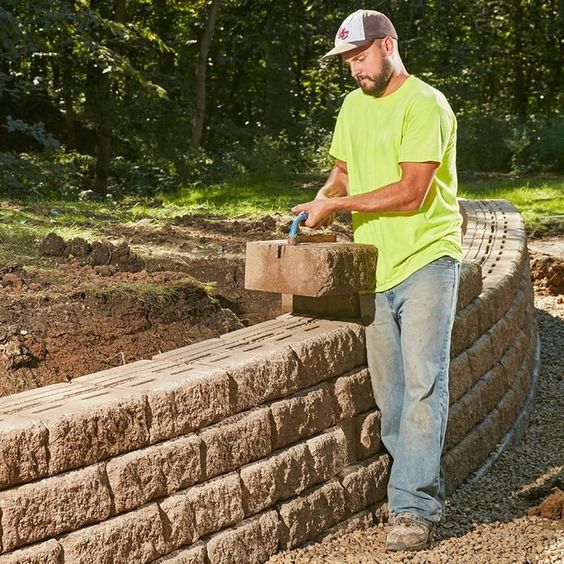
The process of building a stone wall has been perfected over many years. Dry stacking stonework originated in Ireland and the Northeast. Dry stacked stone walls are generally bigger at the base and taper in as they grow taller. Using this method, farmers built miles of stone fences and other structures in these regions. And because stonework requires no mortar, it’s easier to do than building a brick-and-mortar wall.
While brick-and-mortar walls are often aesthetically pleasing, the construction process of a Stone-Wall House is incredibly time-consuming and difficult. Brown chose to build his walls without mortar, a process called dry-stacking. This method consists of building rubble walls by adding layers of smaller stones and making regular joints between each layer. The largest stones at the front of a wall are called jumpers. Smaller stones are used in the core of the wall. The irregular spaces between the joints are packed with small cobble.
Unique stone wall slipform style for a new home
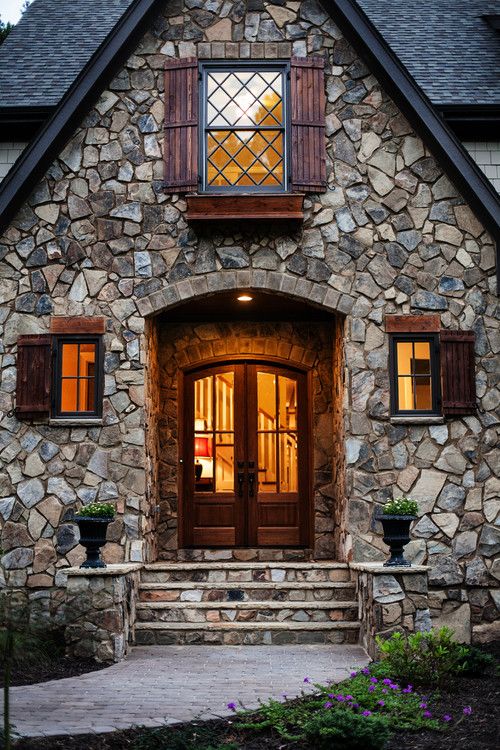
Slipformed stone walls are a hybrid of mortared stone wall and veneered stone wall. This method uses short forms on both sides of a stone wall that are approximately two feet tall to serve as guides for the stonework. The stones are then pressed against the form work, with rebar added to provide strength. The result is a wall that is half concrete and half rebar. If you’re looking for a unique stone wall for your new home, try a slipform style instead.
A stone decorative facade adds a rustic appeal to this beach house. A stone ornamental facade complements the landscaping, while facing stone gives a homely, rustic feel. A natural stone cladding on the lower level balances the lighter facade on the upper level. A car on the stone facade gives the house a charming touch. Despite the contemporary look of this home, the stone wall is the most prominent element in the design of the Stone Wall House.

